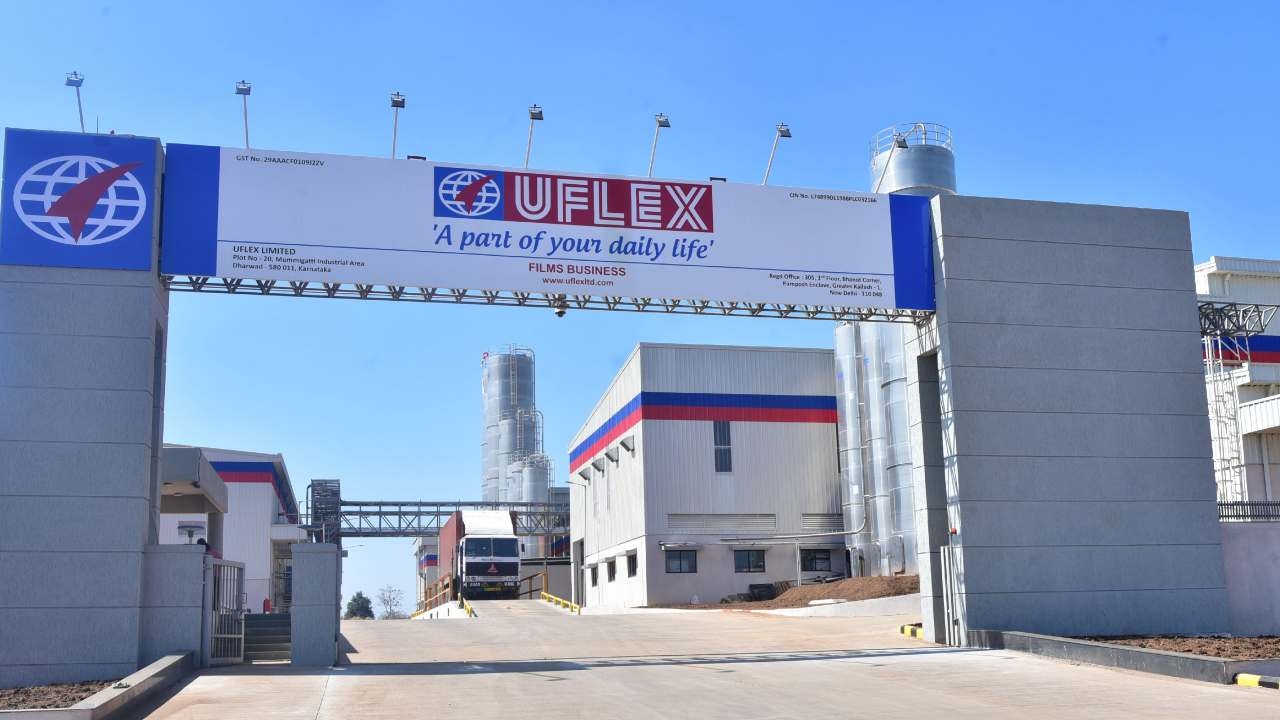Collaboration the key

For me, an underlying theme from Drupa 2012 was the amount of collaboration taking place in the printing industry.
For many I’ve spoken to, Drupa 2012 is being talked about as the first proper digital edition of the show, with one contact noting that eight years ago there were little-to-no digital processes on show, and four years ago, just 12 months after the launch of the first Apple iPhone, it was still a very peripheral trend.
Since then, the pace of technological evolution has grown rapidly, not least with the iPhone. We’re now on the fifth incarnation of the game-changing mobile device, which has spawned further technologies, such as the iPad and wider tablet computer market.
The rapid advancement and proliferation of digital technologies has been felt in all walks of life, from how we shop to how we communicate. Even Facebook only had 100 million users in 2008, compared to nearly one billion in 2012.
But at Drupa 2012, it was evident that digital technology in all its forms is on the tip of most people’s tongues.
It’s hard to go much further without mentioning the Landa Nanographic Printing process. A new digital printing technique, it shows adequately what is now capable in the digital realm, and the power of collaboration. Aside from the use of NanoInk, the Star Trek-esque touchscreen user interface takes many leads from Apple’s mobile devices in offering an intuitive mechanism controlled by the tips of your fingers.
Landa has been quick to sign licensing agreements with a number of OEMs, allowing manroland sheetfed, Komori and Heidelberg to integrate the nanographic process with their own hardware.
And a number of converters have taken what some would describe as a leap of faith by signing letters of intent to purchase a Landa press. Both Reflex Labels and Firstan will collaborate with Landa to develop the machines and technology when presses are shipped to them sometime in late 2013, and have made it clear that they see working with Landa in the infancy of this technology as an important step in being seen as innovative in an ever-more competitive market.
The deals signed between Landa, OEMs and converters were not the only examples of collaboration on show at Drupa. HP, Stora Enso and Highcon all spoke of the importance of collaboration.
Stora Enso and HP are working together on a new digital printing line, featuring an HP Indigo 30000 digital press and a Lakka coater. Stora Enso has also extended its relationship with Xerox on the Gallop line, with a second generation of the system on show.
Stora spoke on the importance of a digital printing eco-system, involving the materials, pre-press and printing fields, as did Highcon, which worked with the full gamut of the packaging printing world in bringing its Euclid digital cutting and creasing to attendees at Drupa 2012.
Importantly, all acknowledge that they are specialists in certain areas, but not in others, and that collaboration provides access to a skill set they would otherwise be lacking, so creating a complete eco-system, especially in the case of digital printing.
There were many more examples at the show, and I’m glad to have seen collaboration in full force and center stage at the world’s largest trade fair for the printing and media industry.
In this day and age, it’s nigh on impossible to operate without taking notice of and working with partners, contemporaries and peers.
Take sustainability for instance; one weak link in the chain and the whole process can collapse. For truly sustainable practices to be implemented, it is up to all in the supply chain to make sure they are doing their bit and carrying out activities in the right and proper manner.
If the material is sourced from illegal sources, or the manufacturing plant doesn’t take adequate steps to prevent environmental contamination from chemicals and processes, the packaging that reaches the brands and end users can never truly claim to be “green”.
It is here that collaboration can have a serious impact, as working with partners throughout the supply chain will pay dividends by safeguarding your business from the potential fallout of negative coverage on environmental matters, and the resulting loss in confidence from brand owners and the consumers they serve.
Technology collaboration can also pay dividends. Reflex and Firstan will hope that their early adoption of the Landa nanographic process will work in their favor, and are confident that being seen as innovators collaborating with the development of Benny Landa’s latest foray into digital printing will boost their bottom lines.
Stay up to date
Subscribe to the free Label News newsletter and receive the latest content every week. We'll never share your email address.


